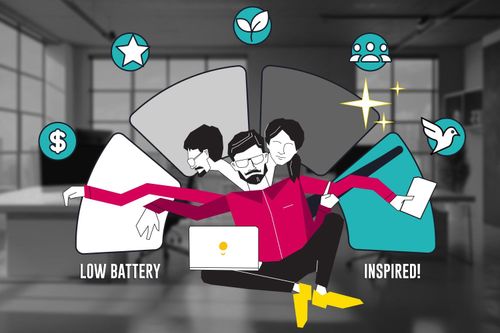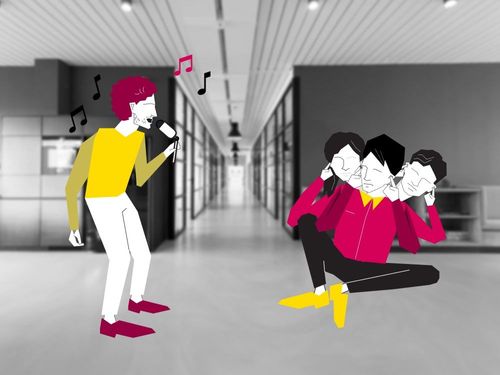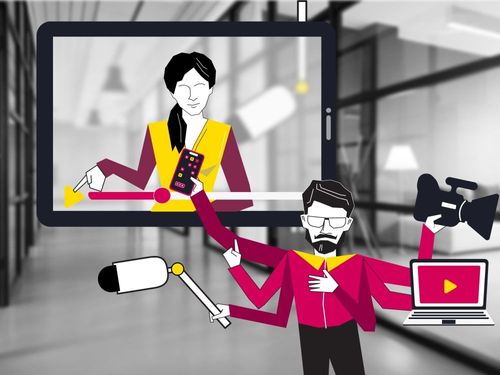
Let’s face it: We tech leaders aren’t the chatty guys. For most of us, small talk feels fake and a waste of time. A bit like staring at a blank screen, waiting for inspiration to load.
But small talk isn’t about being chatty — it’s about showing you care. More than that. It's about actually knowing and understanding your employees, peers, and other stakeholders. And isn't this crucial?
I know you're not exactly eager to have those conversations. I’ve been there. Don’t worry,though, with the following tips you won’t feel fake or cringy. Hey, you might even start to like it.
1. Reframe Small Talk to the Team-Building Tool
Small talk isn’t just filler — it’s a secret weapon for building trust. A quick chat about the latest gadget or a favorite weekend hobby can break down walls and make work conversations way less awkward.
2. Start with Contextual Openers
Skip generic lines like “How’s the weather?” Go for something authentic:
"I saw your recent feature launch. How did the launch go?"
"Have you tried the [add a name of a new AI tool everyone's talking about]?"
"I noticed you contributed to the recent open-source project. What was your experience like?"
Such questions show you’re interested, but more importantly, they can naturally lead to more in-depth authentic conversations.
3. Follow the 'Initiate-Connect-Extend' Model
Think of small talk as a three-phase process:
Start: Make a friendly comment or question.
Connect: Listen carefully and find a common point.
Build: Expand naturally.
For example:
You: “I heard you’re working on that new API integration. How’s it going?”
Them: “It’s been challenging, but we’re making progress.”
You: “We faced the same issue with our last sprint. How do you deal with testing?"?”
4. Avoid Tech Overload
While it’s tempting to stay in your tech comfort zone, balance tech talk with lighter topics. Ask about hobbies, recent trips, or favorite podcasts. This creates a well-rounded, more personal connection.
5. Know When to Wrap It Up
Every good chat needs a smooth exit. Look for a pause and gracefully bow out:
“It was great catching up! Let’s sync up next week.”
“I’ll let you get back to your project—thanks for the chat!”
It’s also important to be aware of the other person's cues. If they seem disengaged or are looking for an exit themselves, it's time to wrap up the conversation.
6. Build Conversational Muscle by Practicing
Like coding, small talk improves with practice. Set a goal to initiate at least one casual conversation daily. Over time, you’ll build confidence and make meaningful connections.
7. Be Mindful of Body Language
Nonverbal communication has a key role in small talk. Maintain eye contact (but don't stare), offer a genuine smile, and use open body language (avoid crossed arms). Mirroring the other person's body language subtly can also help build rapport.
To sum things up
Small talk isn’t about being chatty—it’s about showing you care. For tech managers, it’s an underrated leadership skill that can boost team cohesion, improve communication, and even enhance career growth.
So, next time you’re in the elevator or waiting for a meeting to start, try a thoughtful opener—you might be surprised where the conversation leads.
Like this article? Follow me and Smartexe for more original insights on tech leadership, recruitment, and building high-performance teams.
Looking to augment your workforce with a strong organic team of professionals? Give us a ping - we might have just the right people, ready to start working for you today.




















